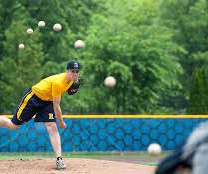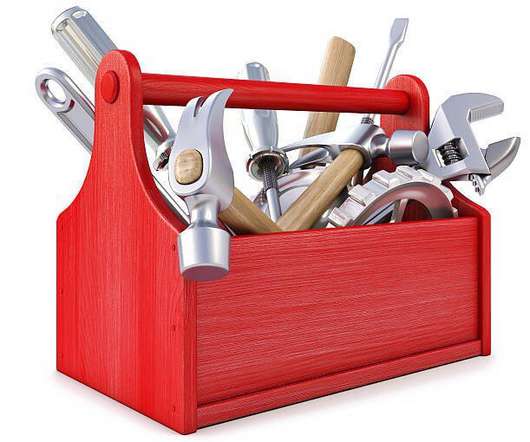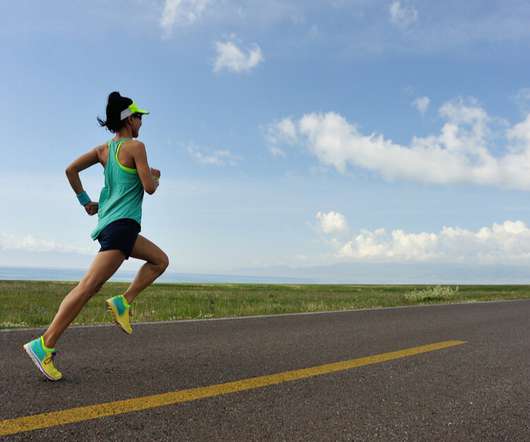Preteen Beats ACL-Meniscus Tear With Grit and Great Care
Stanford Childrens
AUGUST 9, 2023
The lab combines cutting-edge technology and decades of experience to help young athletes recover safely, improve sports performance, and reduce future injury risk through biomechanical assessment using 3-D motion capture video and force plates. Over time, he ran drills with his coaches or his dad on the sidelines during practices.











Let's personalize your content